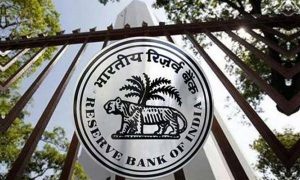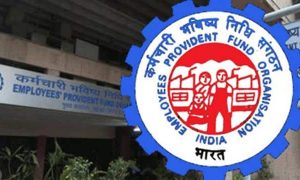The Government can give a hard push to Sukanya Samriddhi Yojana (SSY) by encouraging fresh registrations in a mission mode for financing fiscal deficit in FY24, according to SBI Research.
As per the latest ‘Ecowrap’ report by SBI Research, the Government will continue to rely on small saving schemes for financing of fiscal deficit. It is expected to collect Rs 5 lakh crore through small savings schemes in FY24. In order to push SSY account opening, the Government can allow one-time registrations for all leftover cases up to 12 years, the report suggests.
Read More: Good news for Indian workforce: Employees likely to get 15-30 percent pay hike in 2023, says report
“Regarding the financing of fiscal deficit, the Government will continue to rely on small saving schemes (Rs 5 lakh crore likely in FY24). It can give a hard push to SSY (Sukanya Samriddhi Yojana), through encouraging fresh registrations in a mission drive mode, allowing one-time registrations for all leftover cases up to 12 years. Roping in Business Correspondent (BC) channel partners by banks can be extremely useful since banks have a low share vis-à-vis Post offices (~16% in number of SSY accounts though ~30% share in deposits),” wrote Dr. Soumya Kanti Ghosh, Group Chief Economic Adviser, State Bank of India.
SSY account can be opened in the name of the girl child aged below 10 years. Currently, the scheme is providing 7.6% interest on deposits. Giving a one-time relaxation of two years would help a lot of parents who were left out on account of age limit when the scheme was launched.
The report also expects net issuance of T-Bill to the tune of Rs 50,000 crore. It says that a smooth borrowing program would require the RBI to issue papers by matching the profile of redemption of Government paper.
Read More: RBI red-flags return of OPS in some states
“Ideally, papers up to 7 years in the short term segment, 10-15 years in the mid-segment and beyond 15 years in the long term segment could be the ideal mix of meeting the borrowing appetite of market players,” SBI Research said.
Currently, commercial banks and insurance companies account for 64.2% of the outstanding G-sec papers (Sep’22). For short/mid-term segment, Banks, Mutual Funds (debt & hybrid), General Insurance Companies and Life Insurance Companies (ULIP & Hybrid) are the potential players. EPFO, Pension Fund, Other Provident Fund and Life Insurance Companies owing to their long liability profile are the players in the long term segment,” it added.





































